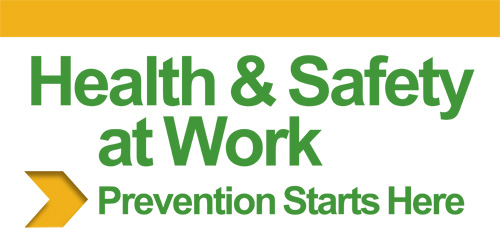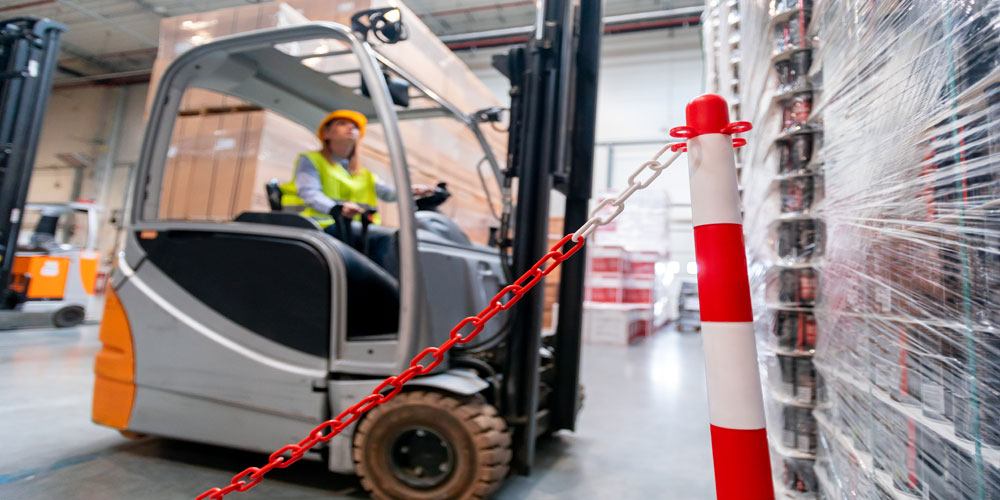Construction can be a dangerous business, and there are so many things that can go wrong. When a large group of workers are operating on a building site, there are risks involved with height, noise, manual handling, machinery, bad weather, hazardous substances, vibration, and everyday accidents. As an employer, it is your responsibility to do what you can to mitigate the risk and keep your staff, and the general public, safe from harm. And for this reason, it is essential that your business carries out regular construction risk assessments.

What is a risk assessment and why is it important?
A risk assessment is a management tool that aims to ensure the health and safety of employees, and members of the public who may be affected by association. It is a systematic process of identifying and evaluating potential hazards within a workplace and taking subsequent action to remove or reduce the possibility of harm. In the construction industry, these risk assessments are a legal requirement and are usually taken for any operational activity including the selection of building sites, fire safety procedures, manual handling, and the storage of hazardous substances.
Risk assessments are important primarily to ensure the safety of everyone involved, by identifying and removing hazards, as well as reviewing the efficacy of current safety protocols. But failing to carry out a proper assessment can also harm your business in many other ways. If an accident occurs because you failed to have the proper procedures in place, you could face severe financial loss through fines, lawsuits, disruption to operations, negative publicity, or equipment damage.
It’s clear that carrying out a thorough risk assessment is a job of the utmost importance, but where do you begin? There are five key steps involved in the process, outlined below.
The 5 Steps of a Construction Risk Assessment
Identify the hazards
What are the factors that are most likely to cause harm to befall someone? Falling from height is the most common cause of injury on building sites, while accidents involving tools and machinery fall closely behind. Go through your entire operation and consider every aspect that might pose a risk, no matter how unlikely it seems.
Determine who is at risk
Your workers are the most likely parties to fall foul of the risk you have identified, but they are not the only ones in danger from the hazards. If your building is located in a public area with high footfall then the risk affects anyone nearby. You also need to consider subcontractors and any other professionals who visit your sites, such as architects, lawyers, or surveyors.
Prioritise the risks
Now that you have identified the main risks and who is involved, it’s time to start prioritizing them. You will need to take into account factors such as the likelihood of the risk, as well as the severity of the consequences. Discuss the risks with your teams and any other professional bodies involved. It may also help to consult with local police, ambulance, and fire services.
Record the findings
Your risk assessment will no doubt have raised many issues and potential hazards you weren’t aware of before. Make a record of these findings as well as the precautions you propose to put in place to counteract them. Each risk management technique should fall into one of four categories:
Avoiding the risk (e.g. refusing to go ahead with a chosen project)
Transferring the risk (e.g. taking out insurance)
Mitigating the risk (e.g. providing personal protective equipment or safety training)
Accepting the risk (e.g. acknowledging an uncontrollable risk such as weather and continuing regardless)
Review
Once your building project is underway, it’s a good idea to take stock now and then and review your risk assessment. The risks may change as you progress, so checking in occasionally will help you to continue to keep your team safe from harm. You may find you need to update your risk assessment and priority list accordingly.
The exact nature of a construction risk assessment will differ from business to business, depending on the size of your operation and the nature of the work. But by following the above steps, you can ensure the safety of your employees and the smooth running of your business at all times.
RAMs App is a Cloud-based, health and safety software, that allows you to carry out multiple tasks in one place: from risk assessment and method statements to COSHH assessments and staff training.
Use our unique RAMs software that can create, duplicate, download and send your health and safety documents. Safely stored in the cloud access at any time. Stay compliant, impress clients and win more business. Contact us today by visiting our Risk Assessments & Managing Safety Services website.
